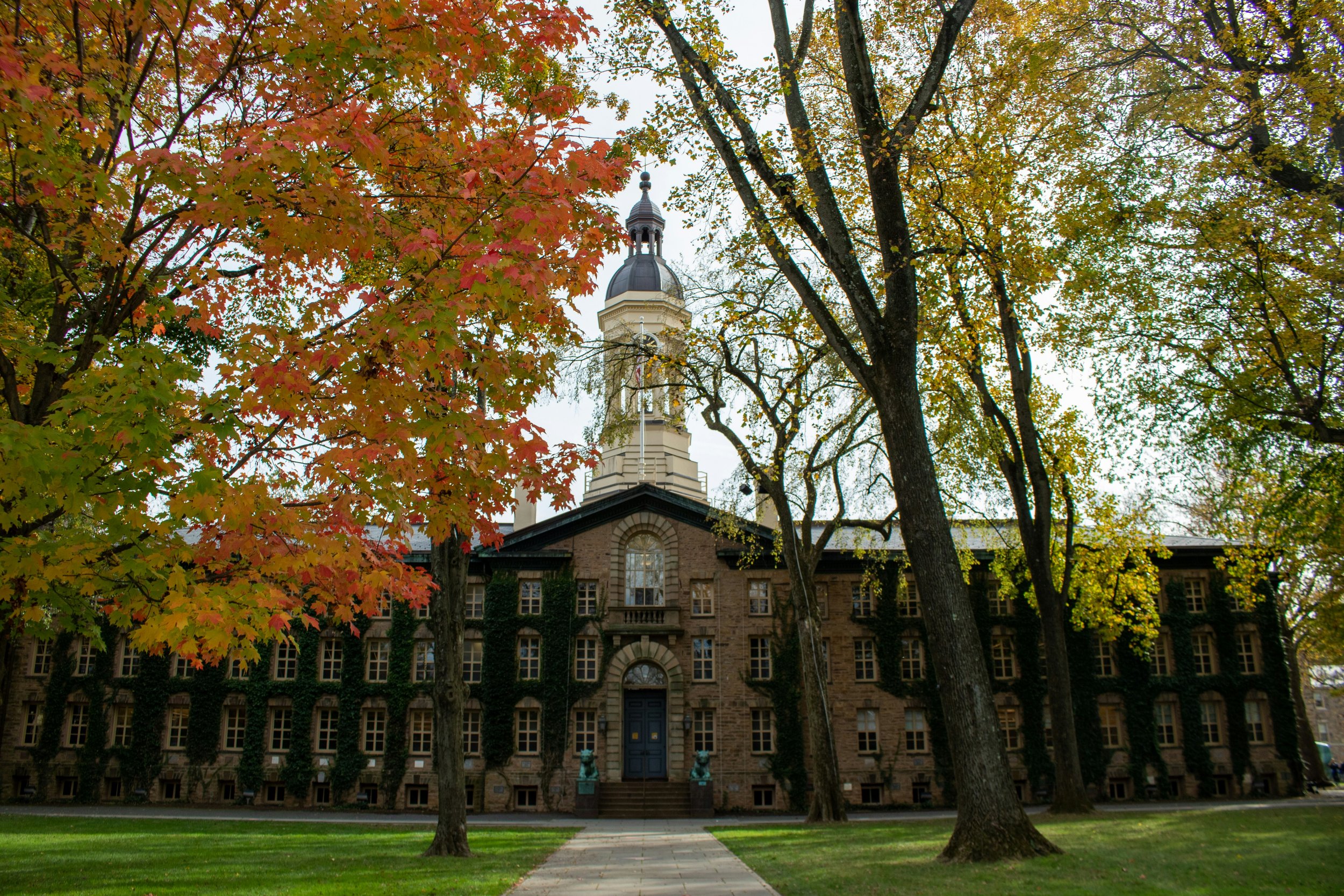My Experience at the Princeton School on Science and Global Security
Hugh Irving, a member and volunteer at High Impact Engineers, writes about his experience attending the Princeton School on Science and Global Security in 2023.
Princeton University, photo by Roxana Crusemire on Unsplash
The Princeton School on Science and Global Security could be very valuable to those with a research background who are interested in reducing the risks from nuclear war. This blog post is intended to promote the program and give an insight into it for those considering applying.
The week-long program is a great opportunity to learn and engage with nuclear disarmament-related research, without being financially onerous or time-consuming.
The team at SGS are well organised, very welcoming and prioritise research impact to an impressive extent.
This information is based on my participation in 2023, so some of the specifics are subject to change.
Motivation and Application Process
Sam Hickey at the Center for Arms Control and Non-Proliferation recommended the program to me while I was doing background research for our article on Nuclear War. I was finding nuclear disarmament and non-proliferation research fascinating at the time and the program seemed like a great way of building knowledge and meeting people in the field.
The program is advertised on the Science and Global Security website, sometime in late spring or early summer. The application consisted of emailing a resume/CV, a one-page background and motivation letter, and a one-page abstract of the research topic you will present.
The first two items are relatively self-explanatory, but should both emphasise an interest in nuclear disarmament. The abstract could be on any topic related to disarmament, verification or deterrence theory. Topics as varied as nuclear reactor verification technologies, analysis of missile performance and models of space junk accumulation were presented during the program. Ideally, the abstract would be on an existing project but this isn't necessary.
Some ideas for engineering research in nuclear disarmament are explored in our interview with Cameron Tracy.
The topic can be adjusted somewhat while preparing, so don’t worry about having final takeaways ready before applying. Overall, the application process was quite smooth and should take at most a few hours.
Preparation
The only material to be prepared in advance of the program is a 20-minute talk with optional PowerPoint slides. The team at SGS were quite helpful, with short feedback emails in advance of the program.
The specifics of preparing the presentation will vary between projects. In general, it should be well thought out and cited. There are 20 minutes allotted for questions after each presentation where specifics of the projects might be examined or the wider topic discussed.
In terms of travel arrangements, the flights, ground transport, accommodation and meals were all paid for and organised by either the SGS team or Princeton’s travel agents. The travel planning was very smooth and not very time-consuming.
The Program
Much of each day was spent attending talks from the participants, from the SGS team and from visiting researchers. The talks spanned many disciplines, including political science, weapons technology, atmospheric sciences, nuclear energy, and health sciences. Each talk was followed by, often quite spirited, discussion.
Other activities included a tour of the campus, a trip to Manhattan and helping out with a videography project. Each evening, everyone involved would eat dinner together and on some nights, we went to local bars. The atmosphere was very social and all the participants stayed in the same hotel just off campus.
The roughly dozen participants were largely PhDs, post-docs or employed in research organisations.
Around two-thirds were from American universities, the remainder were from around Europe, and one was from the Caucasus. The SGS faculty attended much of the program and were from a surprising variety of national backgrounds. Invited speakers were from other well-regarded research institutions, including the MIT Laboratory for Nuclear Safety and Policy, Rutgers Atmospheric Sciences Group and the Princeton Plasma Physics Lab.
Rather than being overly concerned with scientific novelty, the program was very impact-focused. Much of the discussion of each project and talk revolved around its practical implications or the tractability of its recommendations. Hearing about all of the different avenues being taken by researchers with a similar background to my own to bring change was very compelling.
I’d encourage anyone with a background in research who has any interest in nuclear disarmament or related topics to apply.
If you'd like more information, this article was written about last year’s program.

